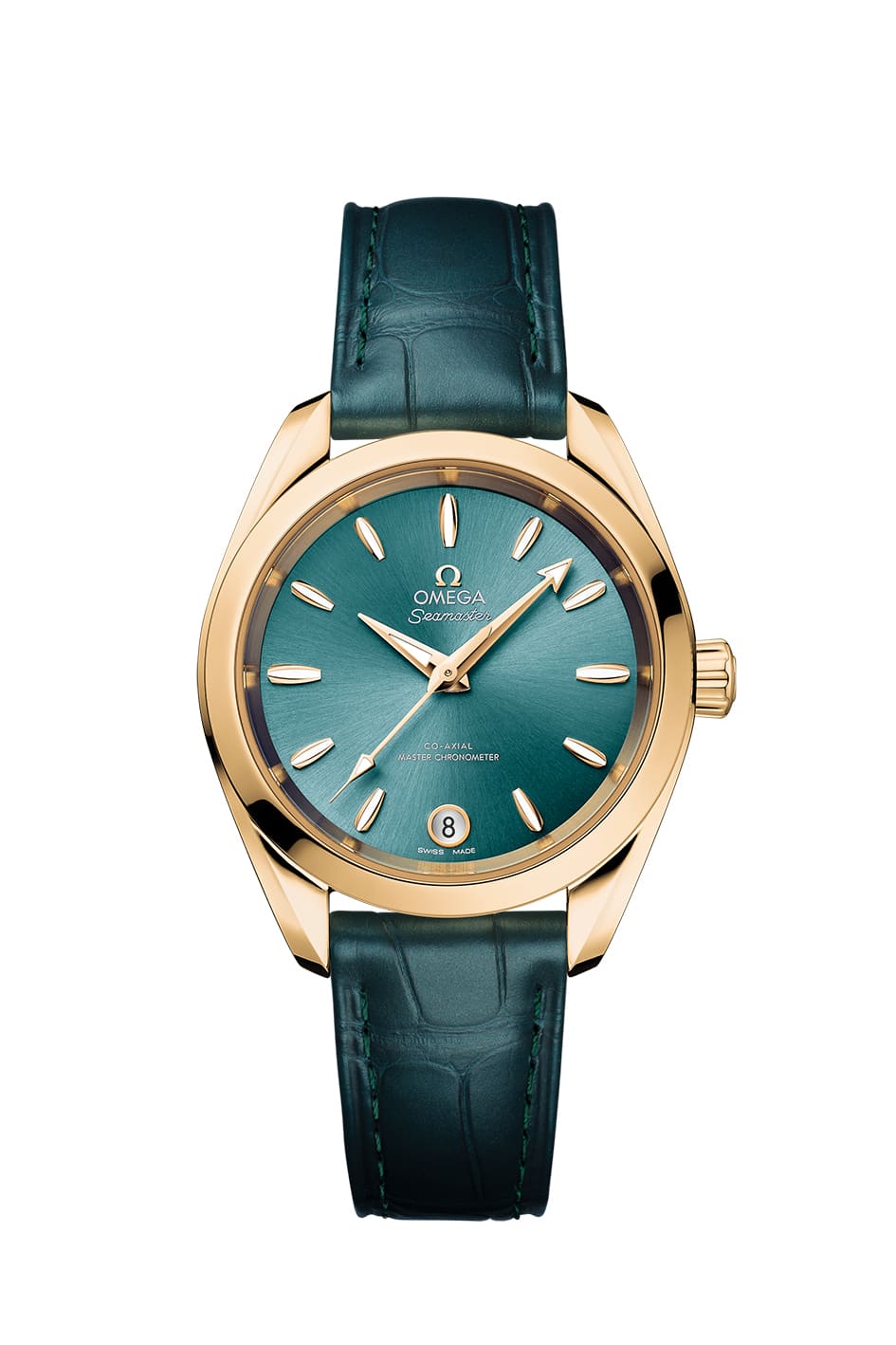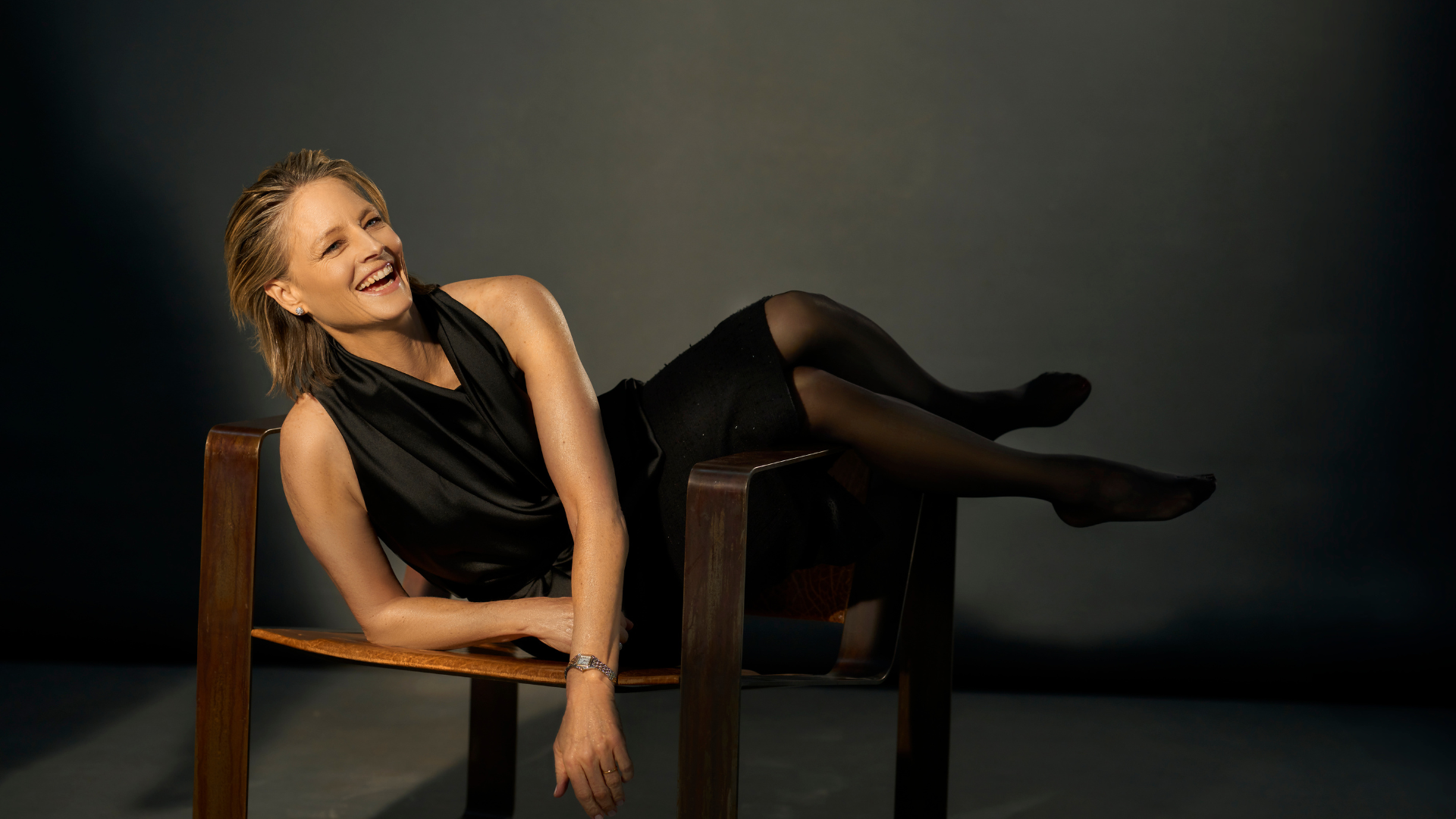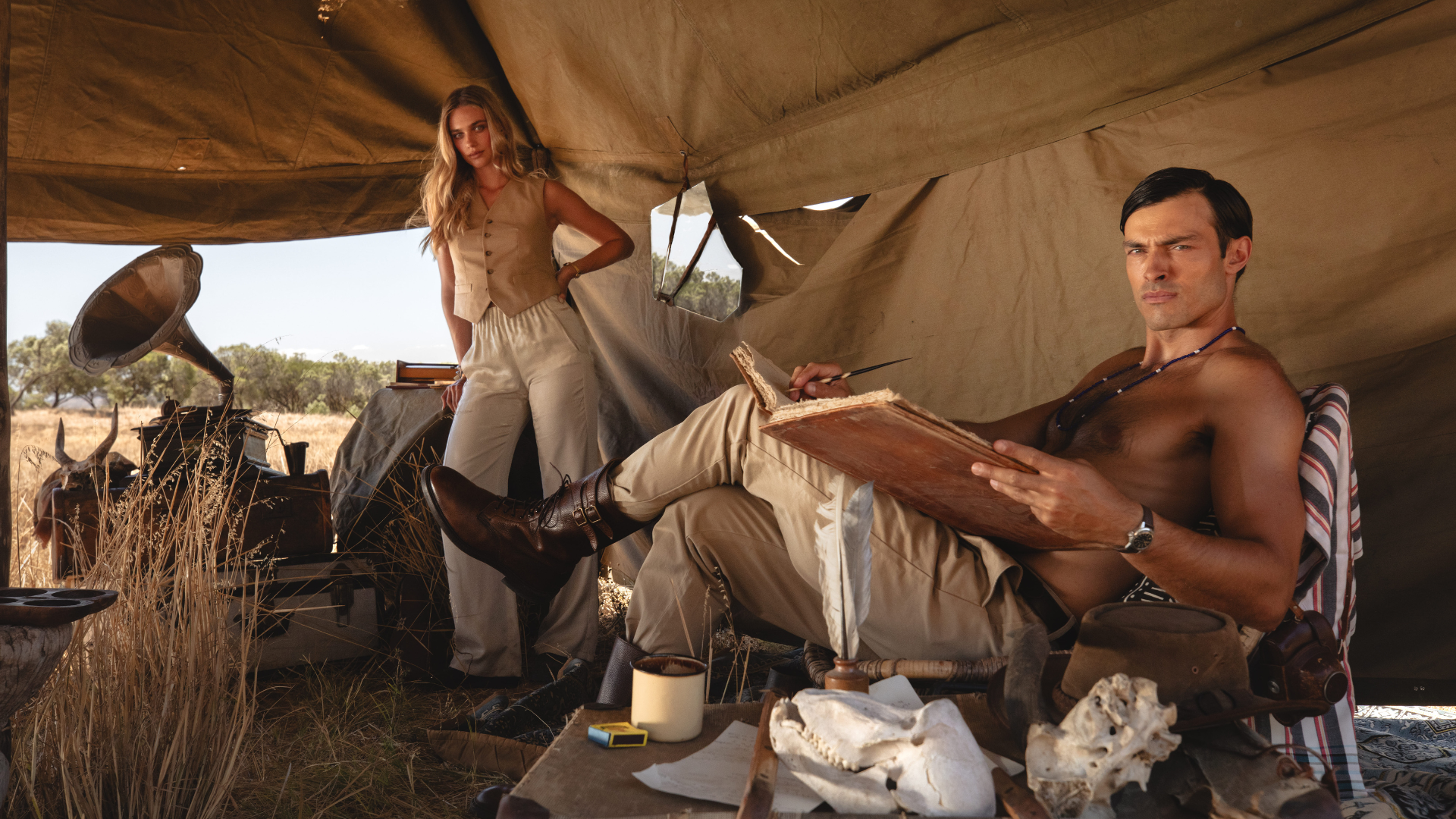Invest, Issue 92
Investments can be unpredictable, but not so with these two winners, which we have handpicked to provide you with sound and secure appreciation — aesthetically, spiritually and financially.

Audemars Piguet x Tamara Ralph Royal Oak Concept Flying Tourbillon
What links the rapper Travis Scott with the jeweller Carolina Bucci, the Givenchy Creative Director Matthew Williams and Marvel Entertainment? All (and many, many more) have collaborated with Audemars Piguet on additions to the Royal Oak canon over the years.
While there have been some markedly outlandish (in a good way) interpretations of the Royal Oak since its unveiling just over half a century ago — the limited-edition PVD-coated Offshore T3 worn by Arnold Schwarzenegger in 1999’s End of Days springs to mind — the pieces co-created with Tamara Ralph, the Australian designer and former creative director and co-founder of Ralph & Russo, are, for our money, the boldest interpretations of Gérald Genta’s magnum opus to date.
While the boundary between what would traditionally be deemed men’s and women’s watches might be fading (Chopard are no longer formerly assigning genders to many of their novelties), the first collaboration between this pair, in late 2020, was feminine. Reading the nuptials over haute horlogerie and haute couture, the piece boasted a frosted-gold finish created using a contemporary version of a Florentine jewellery technique (tiny indentations are
made with a diamond-tipped tool to create a sparkle effect, a process Ralph referred to as “similar to our embroidery work”).
Its 38.5mm, 18-carat pink-gold case also grabbed the beholders’ attention, thanks to a set of tiered blue discs descending downwards in a manner resembling the Droste effect in 3D. At the bottom of the vortex illusion nestled the star, so to speak, of the show: a sparkling, stellar, bejewelled flying iteration of a complication pioneered in 1775 by Abraham-Louis Breguet. (The ‘flying’ prefix is crucial here, given how the complication in question being supported by only one side finishes off an overall uncluttered visual effect.)
The piece before you — unveiled by the manufacture and Ralph (who grabbed headlines in 2017 as the designer of Meghan Markle’s £56,000 engagement dress) on January 22, during Ralph’s spring/ summer 2024 runway show in Paris — replaces the blue layers with graded hues in brown, bronze and golden tones, seriously enhancing the spellbinding optical effect of its predecessor.
Has that aforementioned star of the show — the ‘floating’ version of arguably the most complex of all watch complications — ever been at the centre of such a strikingly elegant stage? Scott Harper


Omega Seamaster Aqua Terra Shades 34mm Moonshine Gold on leather strap
When Romeo and Juliet’s tragic eponymous heroine asks, “What’s in a name?” — bear with us here — she serves as a mouthpiece for Shakespeare’s conviction that monikers exist purely to distinguish concepts or people from each other, and are devoid of any symbolic meaning or weight. Were the Bard to cast his eye over the horological landscape at the names the various manufactures have chosen for themselves, he’d probably feel vindicated. Only suburban high street solicitors and newly discovered astronomical objects have drier, more prosaic appellations.
There are exceptions, though: Urwerk, for example, is named after the ancient Sumerian city where, more than 6,000 years ago, people first used giant sundials to measure time; ‘Ur’ is suffixed by the German word for creative output to make up a full word that means ‘clockwork’ in the brand’s native tongue. That makes it, for our money, the most convoluted yet coolest brand name on the planet.
The watch manufacture with the most chutzpah-soaked bravado, though, is surely Omega. Named La Generale Watch Co. when it was founded in 1848 in La Chaux-de-Fonds by Louis Brandt, it was renamed Louis Brandt & Fils for a stint before becoming the Omega Watch Company in 1903 — the employment of the 24th and last letter of the Greek alphabet signifying the Brandt family’s intention to be the last word in watchmaking.
The Seamaster, built to withstand any forces the ocean’s depths can throw at it, is arguably the most potent justification of the considerable bluster inherent in the name ‘Omega’ — the ultimate expression, no less, of the manufacture’s status as the single largest supplier of watches to the British armed forces. Little wonder the ultimate Alpha male, 007, went Omega in the 1990s.
The tribute to Omega’s rich maritime-slash-military heritage before you — a narrative that will reach its centenary in less than a decade (the brand’s Marine piece was launched 16 years before the Seamaster) — is a 34mm Seamaster model crafted in polished 18-carat Moonshine Gold, with a conical crown and a wave-edged caseback with flat sapphire crystal.
Omega’s enigmatic trademark alloy inspired by the lunar rays has also been used for the applied circular date window and the hull- shaped, white Super-LumiNova-filled hour markers, and to coat the faceted hands. The fitting backdrop to all this celestial finery is a sun-brushed, lacquered dial in a hue the house describes as ‘lagoon green’. Completing the effect is a leather strap in pine green.
The house’s own Co-Axial Master Chronometer calibre 8801 might be its beating heart, but this piece’s soul is authoritative understatement made to look easy. Scott Harper


Gaziano & Girling Chelsea boots
The Chelsea boot is not as metropolitan as the name suggests. The Chelsea set of the sixties were certainly worthy ambassadors of the style, and the pavements on and around the King’s Road have been well trodden by their sleek soles. But did you know that the style originated on more parochial terroir? In 1851, the royal cordwainer, J. Sparkes-Hall, created what was known as a ‘paddock boot’. On it were the time-saving elasticated sides, utilising the vulcanised rubber patented by Thomas Hancock in the 1840s, which the Queen wore on walks and rides in Windsor Great Park.
It was not until 100 years later that an edgier, rebellious tone was required for the young and wealthy folk in south-west London. Music was often the inspiration for their looks, and so when four Cuban-heeled pairs of boots with elasticated sides were made for the Beatles just over a century after the first pair were made for Victoria, the time was right for them to take off in popularity. The music world embraced them, led by the Rolling Stones, the Who, Bob Dylan and Jimi Hendrix, as well as mods, rockers and all the counter-cultural movements of the post-war era. Despite efforts to bring in something new, the Chelsea boot has remained as relevant as ever for men and women. The elastic sides have inspired the more
casual offerings in the luxury market, like the Loro Piana Open Walk or the more formal Lazyman, and the fact the boot can be made in suede allows for more variety in terms of outfits and price points.
There are plenty of brands that manufacture a Chelsea boot, and they all play their part in maintaining its place in sartorial folklore, but the best of them is the version by Gaziano & Girling. The immediate difference here is the fact that their standard design is made as a whole cut, both for the men’s (Burnham) and women’s (Maddison; pictured) versions, with one piece of leather that runs uninterrupted around the boot. In a Chelsea boot that you could readily find elsewhere, you will usually be able to see, underneath the elastic, a small seam on either side — basically, this means other brands find a subtle way of being able to use two pieces of leather rather than the more complicated one.
The craftsmanship is complex and, in all honesty, probably goes unnoticed a lot of the time. But Tony Gaziano and Dean Girling decided it would be worth it, and the results speak for themselves: sleek, elegant, sophisticated Chelsea boots — almost dress boots — and evoking all of the style’s musical and artistic heritage (assuming Queen Victoria isn’t what you’re going for). Tom Chamberlin


The Montblanc Meisterstück 149
The Meisterstuck pen is as household a name as it gets when it comes to writing instruments. The flagship of the legendary German brand Montblanc, the Meisterstuck is celebrating its 100th year in 2024. The pen, shaped like a classic Diadema cigar, has retained its lofty perch among surprisingly tough competition for a century, and has borne witness to historic occasions — for instance, in 1963, when John F. Kennedy toured Germany and happened upon the German Chancellor, Konrad Adenauer, in Cologne. They were both invited to sign the ‘Golden Book’, a kind of guestbook, if you will. Kennedy signed with his own 149, and, in a gesture that during the cold war had further-reaching implications than it might otherwise have done, passed it to the chancellor to sign, too.
Other notables who have used this pen include Nelson Mandela, Barack Obama, Churchill and Hemingway. So it is packed with success and heritage and has accompanied some of our greatest thinkers and writers. Naturally, then, we felt this was a good time to remind you, dear reader, of this Excalibur of pens (though mightier).
From a technical point of view, the cap and barrel are crafted in black precious resin featuring the white Montblanc emblem inlaid in the cap top. The fountain pen is crowned with an innovative curved nib, handcrafted in 18-carat gold and embellished with three delicate, calligraphy-inspired parallel lines. The curved nib allows for a variety of writing styles and line widths, depending on the angle and the orientation at which the writing instrument is held. Remember, like wearing another person’s shoes, your pen will form to your style, your weight and your pressure, so you should always keep it to yourself, except perhaps when it comes to signing historical documents. Tom Chamberlin








